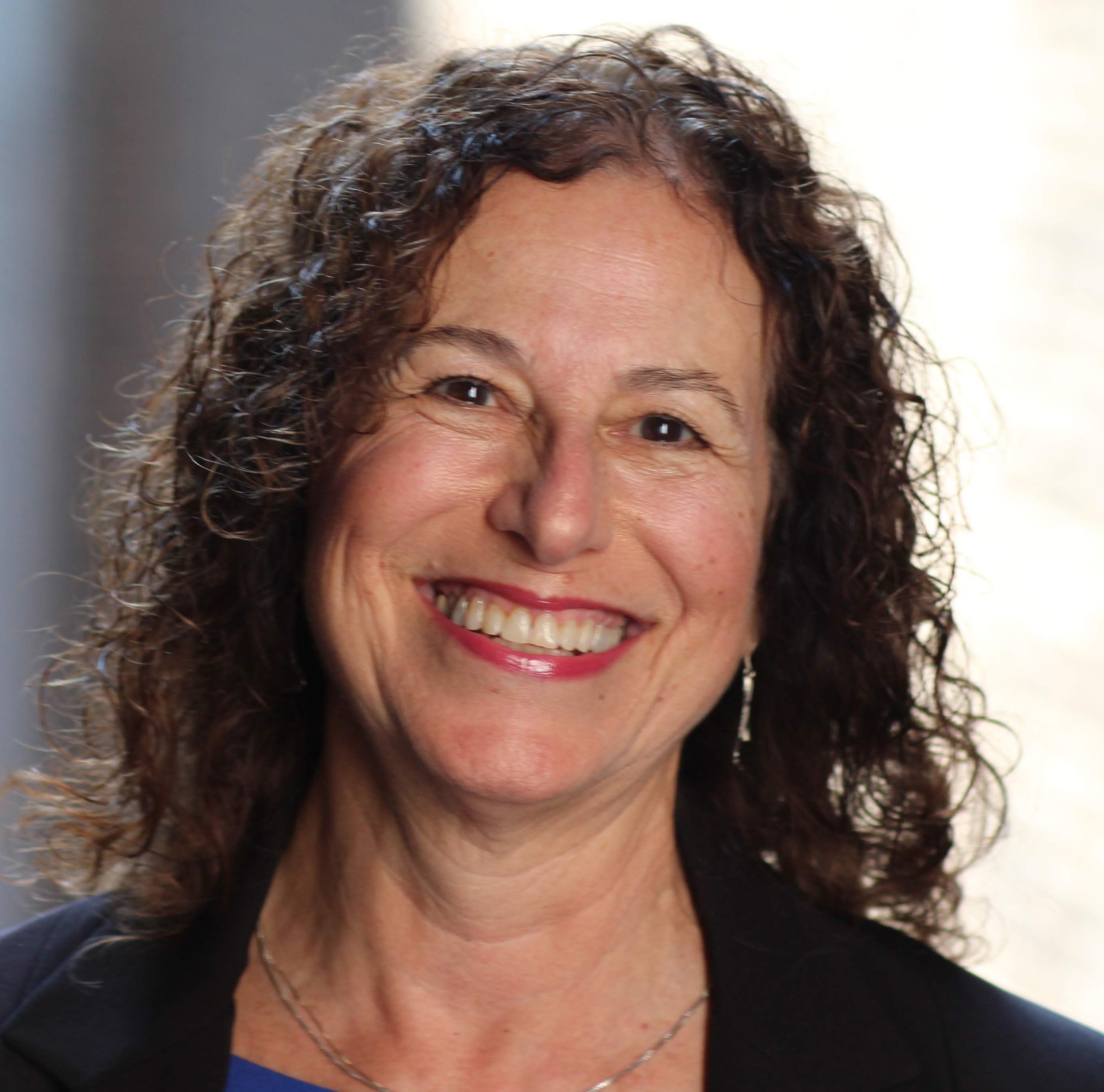.jpg?width=475&name=IMG_4078%20(1).jpg)
The recent surge in interest and efforts to use Restorative Justice (RJ) practices in schools and communities is an encouraging development for the goals of reducing school suspensions and disrupting the school-to-prison pipeline. More than this, it is an encouraging development for human interactions in the face of all types and levels of conflict. For RJ practices to be truly effective, they must be part of an overall transformation of a Restorative Culture, rather than as piecemeal or “Band-Aid” remedies. This means involving the entire community of the building and committing to relationships that support the wellbeing and success of the community. This means validating individuals and teaching the skills needed to restore healthy relationships, when necessary, through practices based on positive community values.
Just what does creating a Restorative Culture within a school or other community look like? I think most experienced Restorative Justice practitioners and Trainers would agree that there is no one-size-fits-all formula for creating Restorative Culture, but that there are certain building blocks needed to form a Restorative Culture. Focusing on school communities here, and phrasing it mathematically, the following are necessary (if not always sufficient!), for making the transition to a Restorative Culture:
- Build relationships. Positive relationships form the basis for any healthy community. For a Restorative Culture to develop, it is essential that community- and relationship-building be intentional. Relationships of authentic trust between adults and youth, and within both staff and student cohorts, are the foundation of the connections that will be restored through the use of RJ practices. We must first form these relationships, then, in times of trouble, there is something to restore.
- Self-reflect. Encourage your students to reflect on the impact to the community of their actions and words, and, importantly, also require the adults in the community to reflect on how their actions impact the community. When students “act out”, do we examine our own contribution to the situation? What feelings and beliefs do we bring to the circumstances? In our busy and challenging position as educators, have we really done all we can to meet an individual student’s needs or is there something else we could try? Out of our best intentions, have we given some students so much slack that, without realizing it, we have set the bar too low and inadvertently sent them a message that they are not capable? This type of deep self-reflection and willingness to examine one’s own feelings, biases, pre-conceived notions, and actions is not easy, but it is one of the essential keys to establishing a Restorative Culture in schools.
- Safe space. For genuine self-reflection to take place and to build positive relationships, a safe space must be provided. Safe space encompasses not just physical well-being but also emotional and intellectual safety. Are behavioral and academic expectations clear? Are standards upheld consistently? Is the aftermath of making a mistake free from shame? If I take personal responsibility for my actions will I be met with compassion and a willingness to listen, rather than a quickness to blame and punish? Does the community embrace and validate different experiences, beliefs, and perspectives and allow for them to be expressed? These factors are all integral to creating a safe space within which positive relationships and self-reflective habits can develop. Restorative Culture needs a safe space as its home base.
- Inclusiveness. To be truly inclusive, we must find out from others what they need in order to feel included, and not assume that we already know. What is safe for one may not be safe for another. How does the community take into account the needs of all? Community building circles are a great equalizer, eliminating a semblance of hierarchy and giving everyone an opportunity to participate. But what about those who remain shy or reticent in circles? What strategies and structures are in place that ensure all students, families, and staff have their voices heard? Does everyone have an opportunity to offer input in determining community values and making decisions that impact staff and students at the school? To paraphrase a colleague, “No one person knows more than the whole group.” The collective wisdom of a Restorative Culture includes the contributions of each individual.
- Patience and persistence. Transforming a culture takes time and dedication. Like cultivating a garden, some seeds will sprout and blossom faster than others. We may have visions of enthusiastic participation bursting out of the gate, only to discover that some in the community start out with a more measured and tentative involvement. If there was a simple formula for creating a Restorative Culture, instant transformation might be possible. As it is, the very nature of Restorative Culture demands that we meet participants where they are, that we model Restorative practices consistently, and that we patiently continue to self-reflect, build relationships, and find out from community members what they need to feel safe and what their vision of a Restorative Culture includes. Creating a Restorative Culture means committing to the long game.
Rome, they say, was not built in a day. Each time students apologize to each other for inappropriate behavior, or a teacher acknowledges that he could have set clearer expectations, or a student on her own approaches a teacher to apologize for having been disrespectful, the underpinnings of Restorative Culture are taking root. As RJ practitioners, it is our role to nurture these seedlings so that deep roots can set and Restorative Culture can grow and thrive and stand strong for a long time to come.
Do you have other suggestions for what makes a Restorative culture? Share them with us in the comments section! Facing any challenges in implementing a Restorative Culture in your community? Share those as well—we’d love to help you troubleshoot.
"5 Necessary Elements for Establishing a Restorative Justice Culture", The Leadership Program, Inc. 2016

.jpg)

Comments [0]
Click here to read/write comments